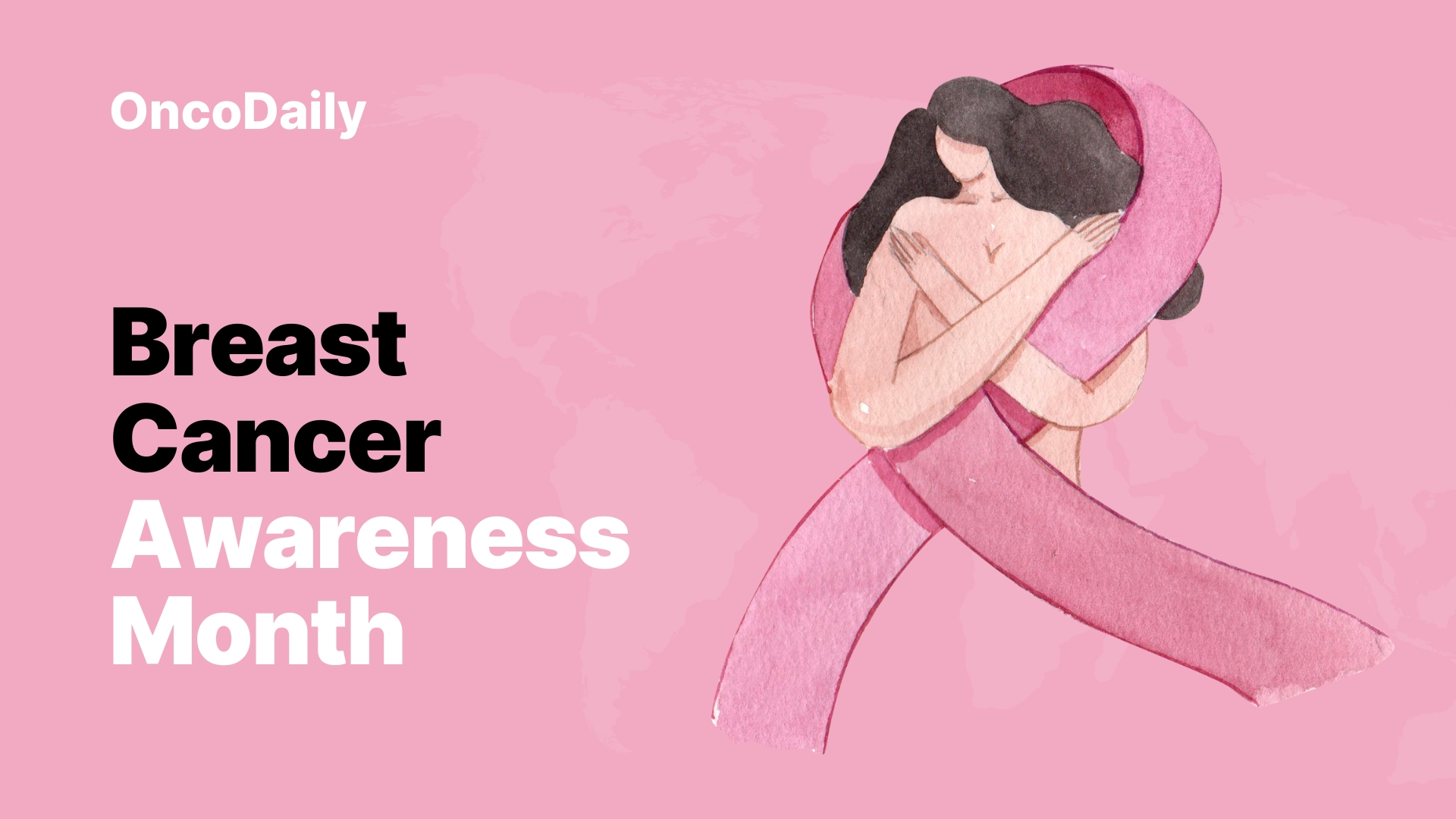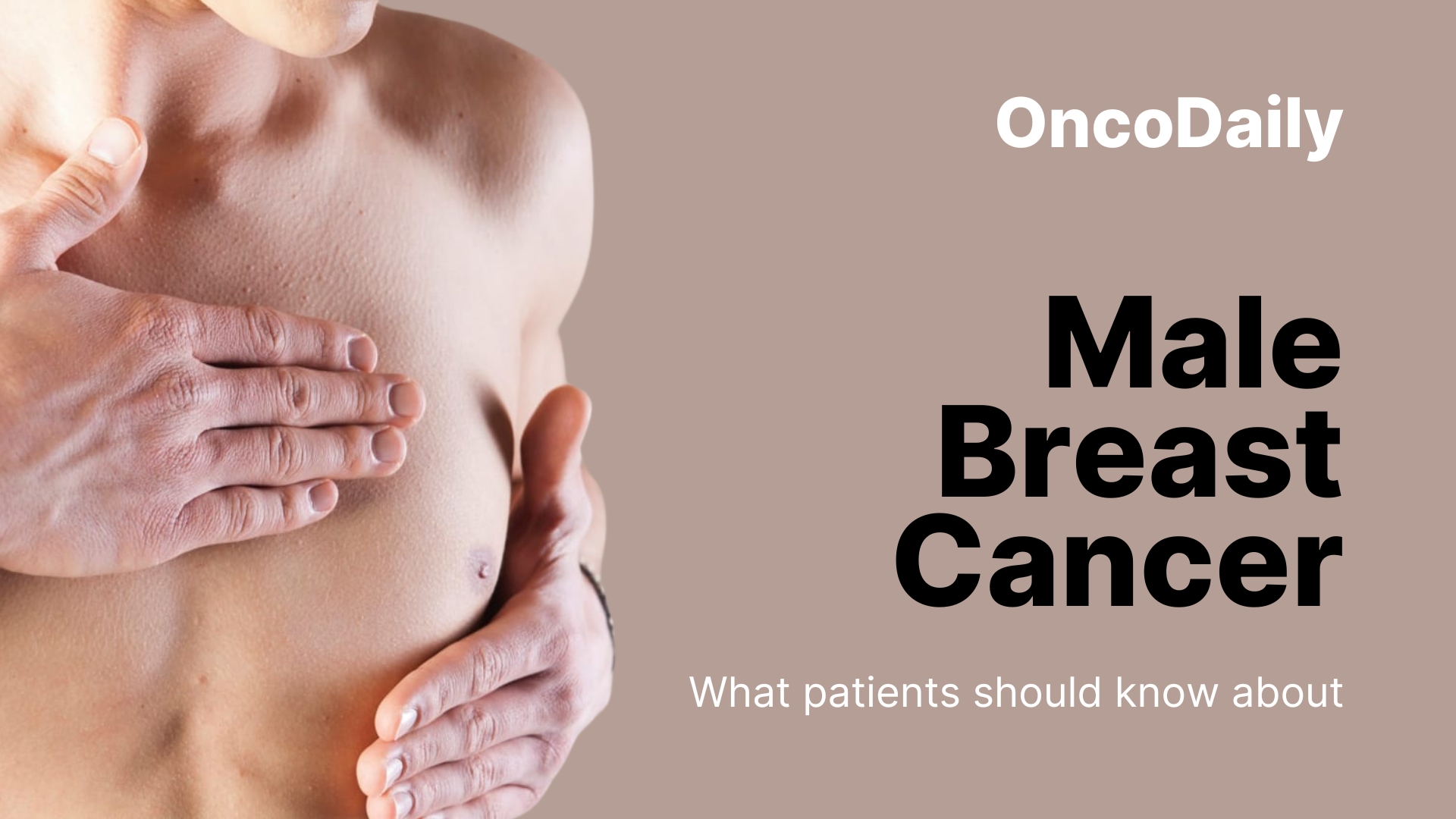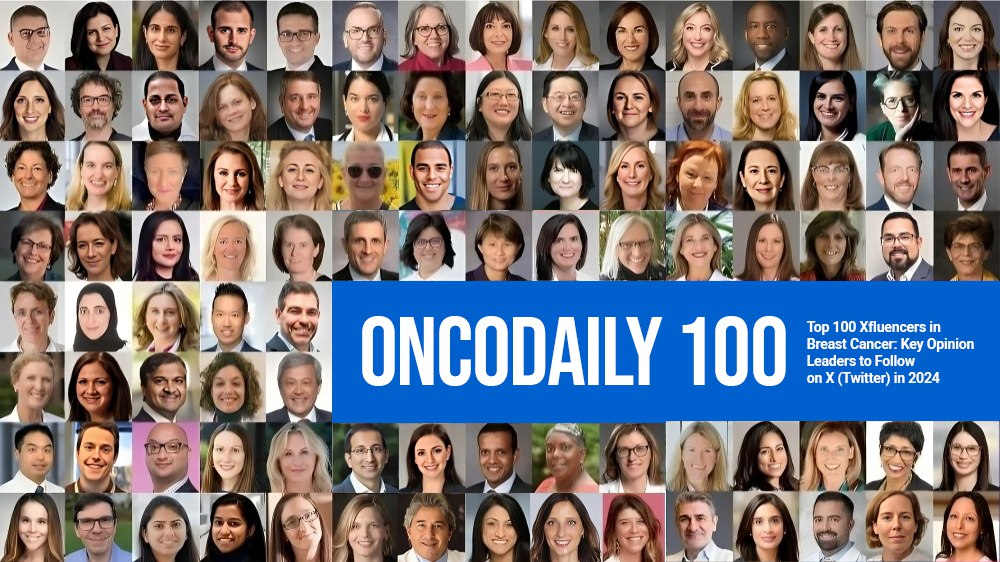October is recognized worldwide as Breast Cancer Awareness Month, a time when communities, health professionals, and advocates come together to emphasize the importance of awareness, prevention, and early detection. Beyond the pink ribbons and campaigns lies a sobering reality: breast cancer remains the most commonly diagnosed cancer in women and one of the leading causes of cancer-related death globally. Despite major advances in diagnosis and treatment, too many lives are still lost due to late detection and unequal access to care.
What is Breast Cancer?
Breast cancer arises when cells in the breast begin to grow abnormally, dividing uncontrollably and forming a tumor. These abnormal cells may begin in one of two primary sites:
- Ductal carcinoma – originating in the milk ducts
- Lobular carcinoma – originating in the milk-producing lobules
From there, cancer may remain confined (in situ) or become invasive, infiltrating surrounding breast tissue and possibly spreading (metastasizing) to lymph nodes or distant organs.
Our Oncodaily team has covered breast cancer with its symptoms, causes, stages, diagnosis and treatment in detail. Take time to read the full article here.
Types and Subtypes of Breast Cancer
While breast cancer can present in different forms, several categories are commonly recognized:
- Ductal carcinoma in situ (DCIS): A non-invasive form where abnormal cells remain within the ducts.
- Invasive ductal carcinoma (IDC): The most frequent subtype, where cells spread beyond the ducts into surrounding tissue.
- Invasive lobular carcinoma (ILC): Originates in the milk-producing lobules and infiltrates nearby tissue.
- Special subtypes: Variants such as inflammatory breast cancer, HER2-positive disease, or triple-negative breast cancer, each with unique biological features and therapeutic challenges.
This classification is a starting point. Increasingly, breast cancers are also defined by molecular markers, such as hormone receptor status or HER2 expression, which guide modern personalized therapies.
The Global Burden
In 2022, an estimated 2.3 million women worldwide were diagnosed with breast cancer, with approximately 670,000 deaths attributed to the disease, underscoring its position as one of the most pressing health challenges of our time. Globally, breast cancer accounts for nearly a quarter of all cancer cases in women, making it the most common malignancy affecting this population. The age-standardized incidence rate varies widely across regions, with the highest rates observed in Western Europe, North America, and Australia.
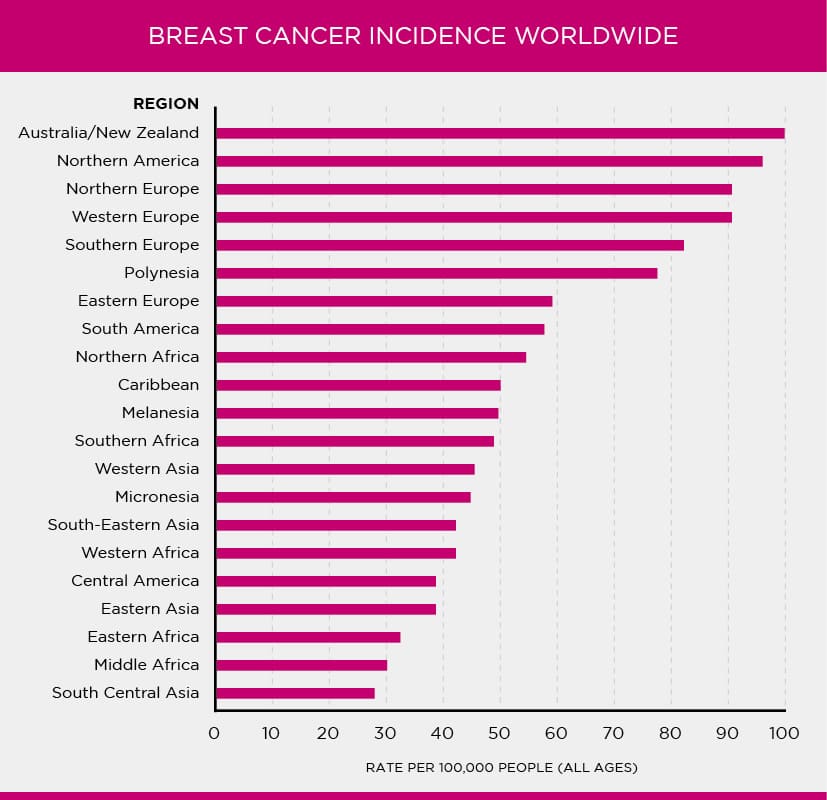
Over the past decade, incidence has been rising steadily, by around 1-5% annually in many countries with high human development indices, reflecting both lifestyle changes and improvements in detection. At the same time, mortality trends show a divided picture: in high-income countries, deaths have declined thanks to better screening and treatment, while in lower- and middle-income regions mortality remains stagnant or is even increasing. Projections from the International Agency for Research on Cancer suggest that:
by 2050, new breast cancer cases will rise by nearly 40% and deaths by almost 70%, with the sharpest impact expected in resource-limited settings.
Lifetime risk data further highlight the disparities: on average, about one in 20 women will develop breast cancer during their lifetime and one in 70 will die from it, though these numbers vary significantly. In very high-income countries, one in 12 women will be diagnosed and one in 71 will die, while in low-income regions the incidence is lower, around one in 27, but mortality is much higher, with one in 48 women dying of the disease. These figures reveal a story of both progress and inequality. While advances in detection and therapy drive improved outcomes in wealthier nations, the lack of access to timely diagnosis and treatment in lower-income countries means that too many cancers are discovered at later, less treatable stages.
Who is Affected and Why it Matters
Although breast cancer predominantly affects women, it is not exclusive to them. Men account for about 0.5 to 1% of all cases. In the United States, for example, around 2,700 men are diagnosed every year, with more than 500 deaths annually. While the lifetime risk in men is much lower (about 1 in 700 compared with 1 in 8 for women), the disease in men is often diagnosed late, leading to poorer outcomes. This highlights the importance of awareness that breast cancer is not solely a women’s disease.
OncoDaily’s readers can explore deeper data in our dedicated resources about male breast cancer by following the link.
For women, the impact is vast. Beyond mortality, breast cancer carries immense social and economic costs. Survivors may face challenges such as lymphedema, psychosocial stress, fertility concerns, and reduced quality of life. For families and societies, the burden includes the cost of long-term treatment, supportive care, and the ripple effects of illness on caregiving and productivity.
The Importance of Early Detection
Early detection remains the most powerful way to reduce breast cancer mortality, as cancers found at an early stage are more treatable and associated with better outcomes. Mammography is the foundation of screening programs worldwide, with most guidelines recommending regular exams starting between ages 40 and 50. Evidence shows that women who miss their first scheduled screening face up to a 40% higher risk of death compared to those who attend, underlining the importance of adherence.
Breast self-awareness is also critical: although self-examination alone has not been shown to lower mortality, being familiar with the normal look and feel of one’s breasts helps individuals recognize changes, such as lumps, nipple inversion, skin dimpling, or discharge, that warrant prompt medical attention.
In areas where mammography is less accessible, clinical breast examination by trained professionals provides an important safeguard, particularly in detecting palpable lesions. Those at high genetic risk, including BRCA mutation carriers, may require earlier and more intensive surveillance with modalities such as MRI or ultrasound, and some evidence suggests that high-risk men also benefit from regular screening. Most importantly, when any abnormality is found, rapid access to diagnostic work-up, including biopsy, imaging, and multidisciplinary evaluation, is essential to avoid delays that can turn a treatable cancer into an advanced, life-threatening disease.
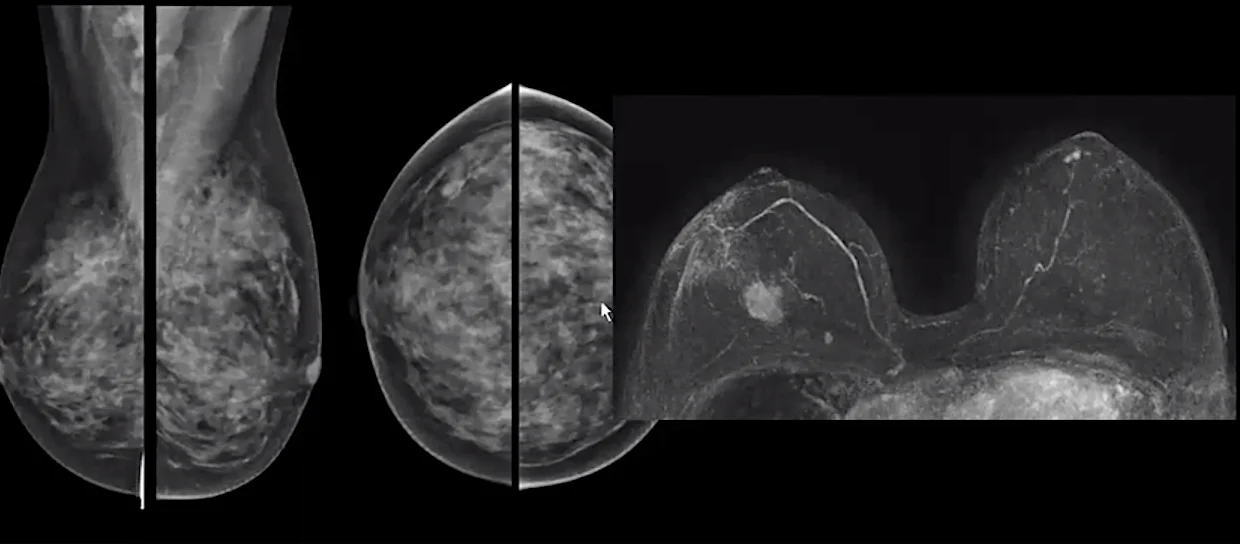
Abbreviated Breast MRI.
What Must Be Done
Raising awareness must go hand in hand with action. Health systems need to provide accessible screening, timely diagnostic services, and equitable treatment. Governments and institutions must prioritize resource allocation for breast health, particularly in regions where mortality remains unacceptably high. For individuals, adopting healthier lifestyles, such as reducing alcohol intake, maintaining a healthy weight, and staying physically active, can reduce risk, though they cannot eliminate it.
Breast Cancer Awareness Month is therefore not only about solidarity, but about responsibility. Every delayed diagnosis is a missed opportunity to save a life. By fostering awareness, encouraging screening, and ensuring access to timely care, we can collectively move toward a future where breast cancer is not a death sentence but a survivable disease.
Conclusion & Call to Action
Breast Cancer Awareness Month is more than a symbolic gesture, it’s a reminder of what’s at stake and of what can be done. Early detection remains the strongest tool in our arsenal. For many, a simple self-check or prompt clinical evaluation can make the difference between a curable stage and a more ominous prognosis.
While breast cancer disproportionately affects women, men are not immune, and neglecting male breast health is a missed opportunity for saving lives. Equity in access to screening, diagnostics, and personalized treatment must be prioritized around the world.
If you or someone you know observes any unusual change (lumps, skin changes, nipple symptoms, pain),
don’t wait.
Seek evaluation without delay. Encourage your community to participate in screening and awareness.
Use this month (and beyond) to spread knowledge, support, and hope.
Make sure to check out our 100 X fluencers in Breast Cancer 2024 if you have missed it.
And if you have a colleague in mind who will make an excellent candidate for 2025 list, nominations are open – make sure to submit your nominee’s details before Nov 15.
Submit your nomination here.
You can read more articles featuring breast cancer on Oncodaily website.
Written by Sergey Badalyan, MD
